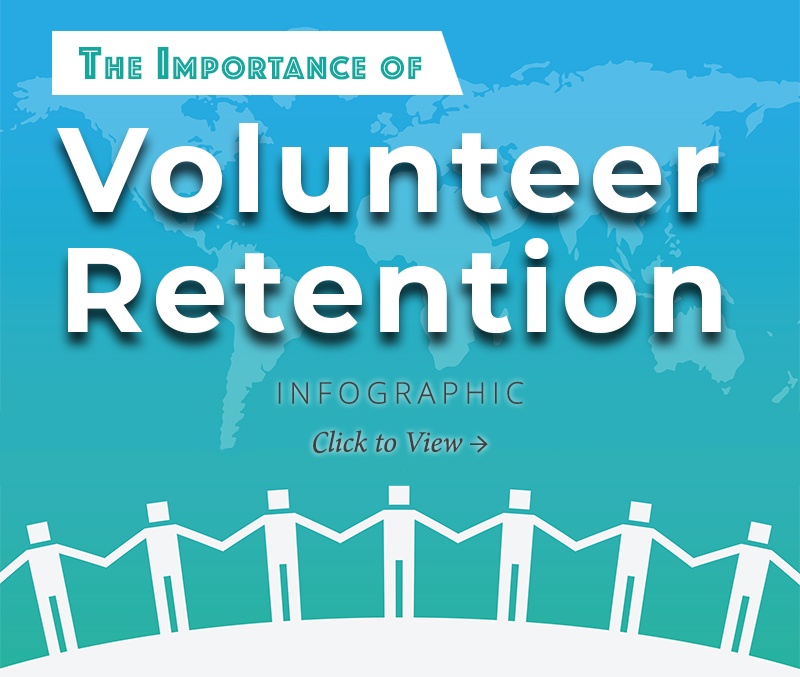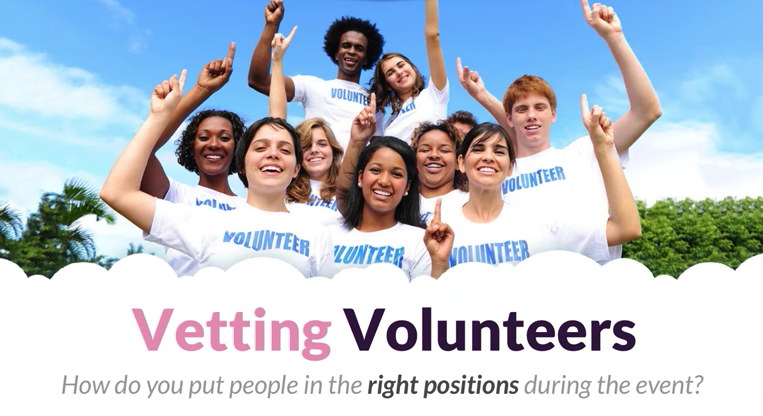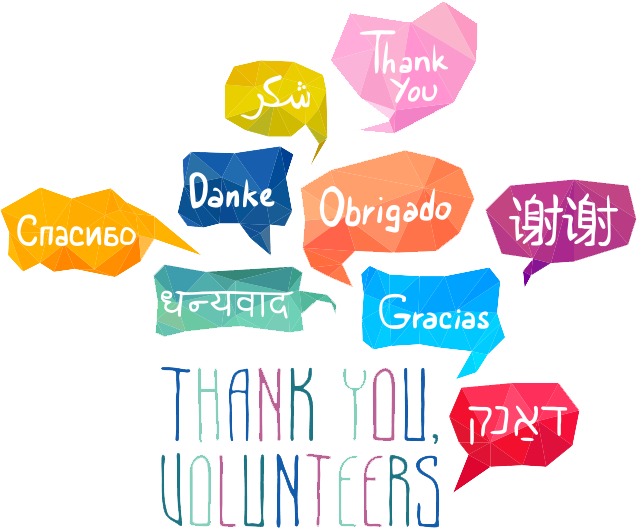Did you know giving back not only helps others – it’s good for you?
Study after study has shown physical and mental benefits from donating one’s time. As reported by Harvard Medical School, volunteers feel more socially connected, are less likely to develop depression, enjoy lower blood pressure and even live longer.
Despite the win-win benefits of giving back, many nonprofits are struggling to attract and retain volunteers in 2018.
Below we’ve put together an infographic regarding the state of volunteering today, plus details on 4 tips to boost volunteer retention at fundraising events.
Retention Boost #1. Properly Educate Volunteers
Having confused volunteers leads to uncertainty, less revenue generated and ultimately fewer volunteers willing to return next year.
The first step to fighting confusion: Host a volunteer orientation meeting. At the meeting, distribute manila envelopes containing important event information, including an event fact sheet, description of each role and contact information for the committee chairs.
As the event nears, volunteers will require ongoing training. This should be provided by the individual Committee Chairs. Each chair should aim to establish a clear chain of command, communicate the vision upfront, and create detailed task lists for each volunteer as the event nears.
Retention Boost #2. Leverage Special Skills
Consider the skill sets and experience of individual volunteers, then assign each to the most appropriate committees and/or subcommittees. (Depending on the size and nature of your event, some roles may change over time.)
Here’s more on stewarding your volunteers’ skills well, as shared by benefit auctioneer Renee Jones in a recent webinar:

If I need people that are going to sit behind a computer, welcome guests and swipe credit cards, I would love to find social, outgoing and tech-savvy Millennials; they can work on the fly, follow directions and work well as a team. If I’m using paper bid sheet templates and know a volunteer has a degree in finance and works in an accounting firm, I’m going to put them in charge of some form of data entry or auditing the silent auction.
It’s about discovering their strengths and your event weaknesses.
The worst thing you can do is have a volunteer make their time commitment and you not utilize and appreciate them the way they should be appreciated. The way to secure their success is to find their vet them in advance of the event, which ultimately translates into our financial success.”
{{cta(‘eddefc86-e785-43fb-ae80-f780fc54f4aa’,’justifycenter’)}}Retention Boost #3. Share Results
Everyone appreciates a pat on the back, and volunteers need to be recognized for a job well done. Remember, they are not staff, but loyal supporters who chose to offer their time and service free of charge. As stated in the infographic, every hour of a volunteers’ time is hugely valuable!
Take every opportunity to express appreciation. Look for opportunities to single out standout performances. Then, after your event, share the full results and reiterate how the event could not have happened without them.
Retention Boost #4. Stay in Touch

You’ll also want to gather feedback from volunteers as soon as possible, either at your wrap-up party or via email within one week of your event.
The most important step: Pass on their recommendations to next year’s Steering Committee!
Finally, stay in touch with volunteers year round through email and social media. Share new volunteering opportunities and thank them again for their support – and you’ve set your organization up very well to welcome returning volunteers next year.
{{cta(’84dd793b-c26e-4947-b7c1-78a6aa7e77fb’)}}




